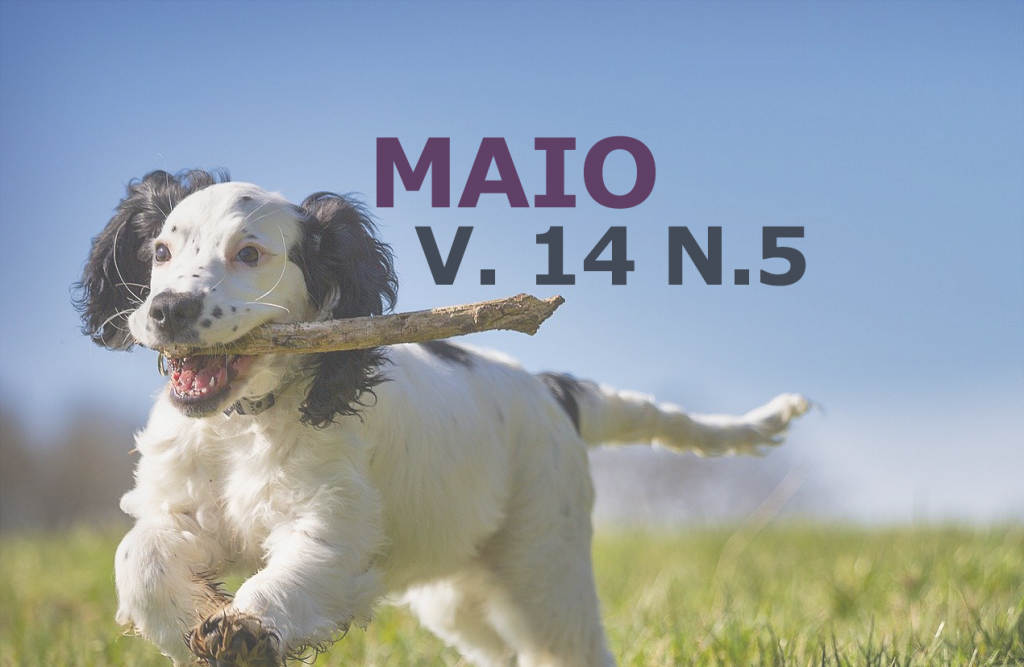Antimicrobial susceptibility profile of Staphylococcus spp. associated with bovine mastitis
DOI:
https://doi.org/10.31533/pubvet.v14n5a563.1-6Keywords:
antimicrobials, milk, mastitis, resistance, Staphylococcus spp.Abstract
The purpose of the present study was isolation and identification of the coagulase-positive Staphylococcus (CoPS) and the coagulase-negative Staphylococcus (CoNS) in cows suspected of having mastites and determine your antimicrobial susceptibility profile. For this 29 samples of Staphylococcus spp. were used. They were collected in two rural properties around the Bragantina (SP) zone and identified through tests such as Gram staining, catalase test, seeded agar plates, Manitol salt agar test and the coagulase test. The samples were classified as coagulase- positive Staphylococcus (34,48%) and coagulase-negative Staphylococcus (65,52%). The antibiogram was performed using the Kirby-Bauer disk diffusion technique. The highest percentage of resistant samples occurred with Penicillin (34,48%), followed by Oxaciline (20,69%) and Erythromycin (17,24%). More sensibility to the following antimicrobials was observed: Gentamicin (96,55%), Tetracycline (87,76%). The misuse and overuse can cause a bigger amount of bacteria resistant to the antimicrobials. Therefore, the microbiological culture and the antibiogram are techniques that ought to be used to establish a correct diagnosis of mastitis, thus helping with the choice of the treatment. The hygiene-sanitary management and prevention to bovine mastitis need to be considered important to assist with the reduction of the use of antimicrobials on dairy cattle, which can be reached through educational programs and actions and also through agricultural extension.
Downloads
Published
Issue
Section
License
Copyright (c) 2020 Larissa Sayuri Kurosawa, Lívia Mara Lambert Cézar, Fábio Augusto Marques, Maria Raquel de Godoy Oriani, Maria Eugênia Moraes Araújo

This work is licensed under a Creative Commons Attribution 4.0 International License.
Você tem o direito de:
Compartilhar — copiar e redistribuir o material em qualquer suporte ou formato
Adaptar — remixar, transformar, e criar a partir do material para qualquer fim, mesmo que comercial.
O licenciante não pode revogar estes direitos desde que você respeite os termos da licença. De acordo com os termos seguintes:
Atribuição
— Você deve dar o crédito apropriado, prover um link para a licença e indicar se mudanças foram feitas. Você deve fazê-lo em qualquer circunstância razoável, mas de nenhuma maneira que sugira que o licenciante apoia você ou o seu uso. Sem restrições adicionais
— Você não pode aplicar termos jurídicos ou medidas de caráter tecnológico que restrinjam legalmente outros de fazerem algo que a licença permita.





